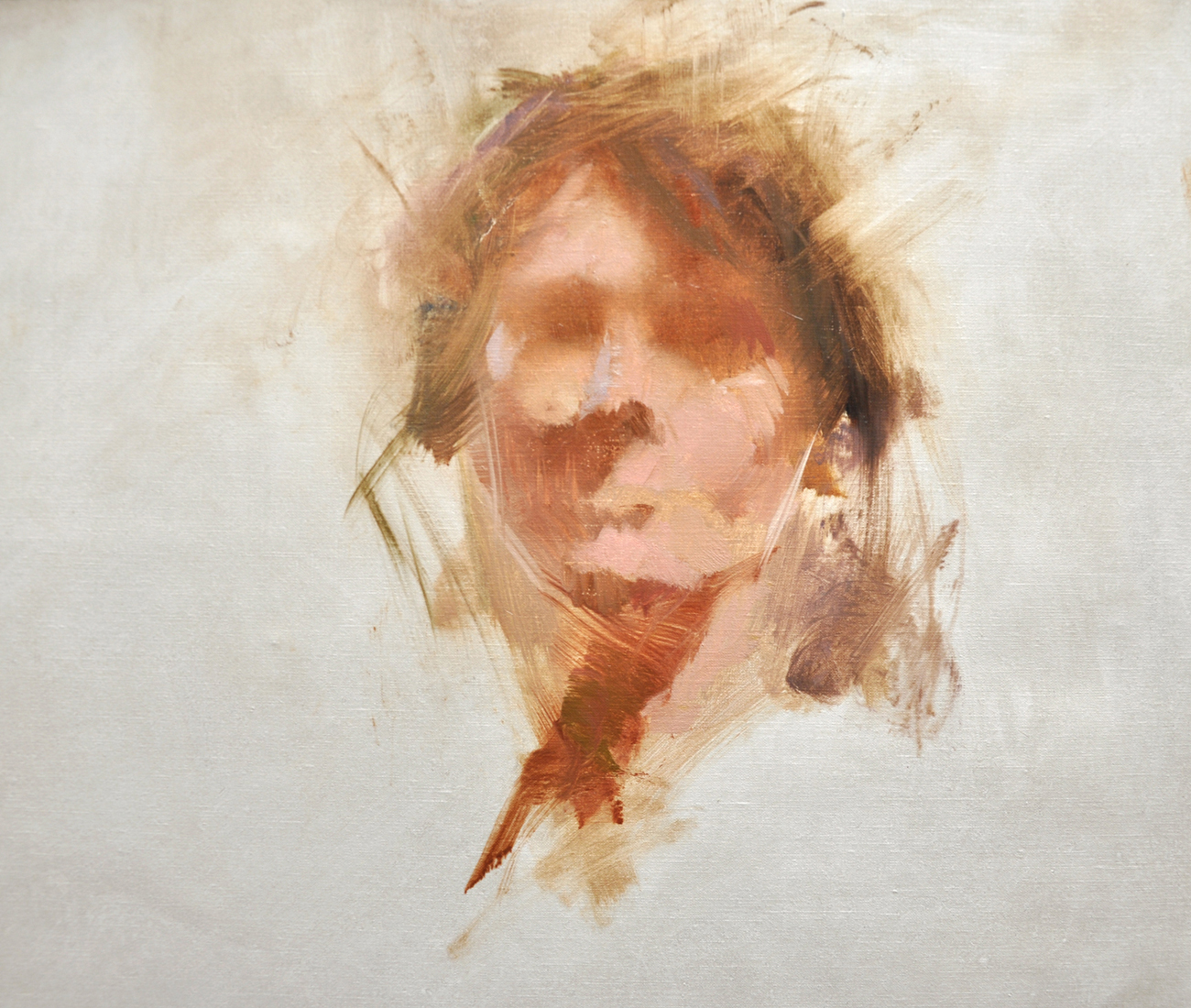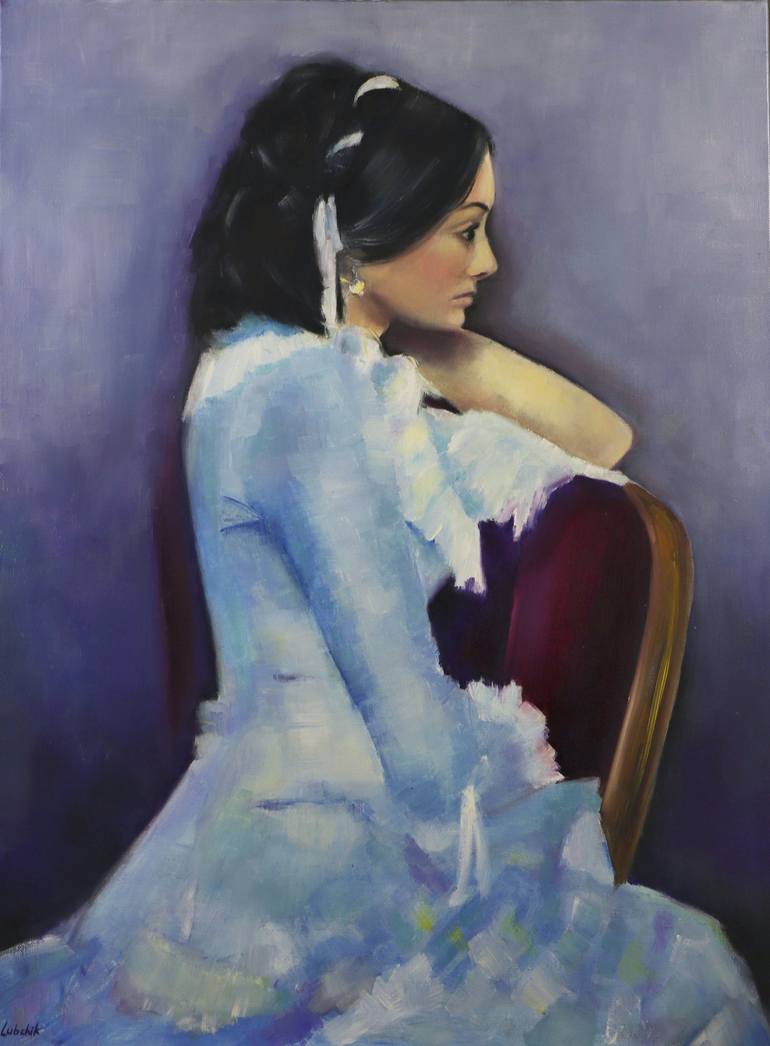Exploring Iconic Artists and Their Influences on Figurative Oil Painting
Exploring Iconic Artists and Their Influences on Figurative Oil Painting
Blog Article
The Development of Figurative Oil Painting: Understanding Its Historical Significance and Modern Interpretations
The development of figurative oil painting acts as an engaging lens where to analyze the interaction in between creative expression and historical context. From the thorough naturalism of the Renaissance to the stirring power of the Baroque, each age has contributed layers of significance and technique to this timeless medium. Contemporary musicians, attracting from this rich heritage, are now reinterpreting the human number in methods that challenge conventional narratives. As we discover these makeovers, one need to think about how the discussion between existing and past informs not just creative practice yet also social reflections in an increasingly complicated globe.
Beginnings of Figurative Oil Painting
The origins of figurative oil painting can be traced back to the very early Renaissance in Europe, specifically in the 15th century. The development of oil paint allowed for greater deepness of shade and detail, enhancing the realism and vibrancy of their work.

In this transformative period, numbers were commonly illustrated within contextually rich environments, showcasing not only their physical attributes yet likewise their mental states. Pioneers such as Jan van Eyck and Titian harnessed the tool's convenience, utilizing layering techniques to achieve luminance and structure. This development facilitated the representation of complex fabrics and the nuances of complexion, adding to the development of portraiture and narrative scenes.
Furthermore, the Renaissance focus on humanism promoted a gratitude for uniqueness, which consequently influenced musicians to produce even more relatable and vibrant numbers - figurative oil painting. Therefore, metaphorical oil painting became a powerful lorry for storytelling and psychological interaction, laying the foundation for future creative movements and styles
Trick Historical Activities
Considerable historic movements have actually shaped the development of figurative oil paint, each adding distinct philosophies and methods that increased the medium's opportunities. The Renaissance marked a zero hour, highlighting realistic look and the human form, with artists like Leonardo da Vinci and Michelangelo pressing the boundaries of anatomical precision and perspective. Following this, the Baroque age brought significant contrasts of light and shadow, exhibited by Caravaggio, that infused religious motifs with intense emotionality.
The 19th century introduced Romanticism and Realism, where musicians such as Delacroix and Courbet tested classical suitables, concentrating on individual expression and daily life. The arrival of Impressionism further reinvented the medium by highlighting the impacts of light and shade, resulting in a separation from conventional depiction.
In the early 20th century, movements like Expressionism and Cubism redefined metaphorical paint via abstraction and the exploration of emotional depth. Each of these motions not only reflected the social modifications of their times but additionally prepared for contemporary analyses. The interaction between these historical movements has developed an abundant tapestry of designs and philosophies, affecting modern-day artists in their pursuit of capturing the human experience on canvas.
Methods and Materials Advancement

Throughout the Baroque duration, strategies such as chiaroscuro and sfumato emerged, boosting the emotional vibration of figurative compositions. Musicians began to trying out glazes and impasto, you can try these out adjusting appearance and luminosity. By the 19th century, developments like the use of pre-mixed paints in tubes changed ease of access, allowing artists to repaint that site en plein air and record the short lived results of light.
The 20th century experienced the introduction of synthetic pigments and tools, which increased the scheme and changed the consistency of oil paints. Furthermore, the exploration of new application strategies, such as combination knives and brushes of differing rigidity, additional diversified artistic expression. Collectively, these advancements mirror the progressing partnership between products, strategies, and the artistic vision inherent in metaphorical oil painting.

Contemporary Interpretations
Contemporary analyses of metaphorical oil painting mirror a dynamic dialogue in between tradition and development, where artists challenge established standards and check out varied styles. This evolution materializes in various ways, as modern musicians blend timeless strategies with modern principles, commonly dealing with social, political, and personal stories.
Lots of experts attract motivation from historic jobs, yet they instill their items with modern perspectives, utilizing the human type as a lorry for discourse on culture, sex, and identification. Artists significantly experiment with abstraction, distortion, and multimedias, which enables a broader analysis of the figure and its context.
Furthermore, using vivid shade schemes and unconventional compositions usually offers to disrupt conventional viewing experiences, prompting critical involvement from audiences. This change in emphasis expands past looks; it mirrors a growing awareness of the complexities of human experience in an interconnected globe.
As metaphorical oil paint remains to progress, it continues to be an important tool for exploring the subtleties of modern life, symbolizing both a regard for heritage and a dedication to modern thought. The result is a rich tapestry of expression that reverberates with the complexities of the contemporary human problem.
Effect On Modern Art
The influence of figurative oil paint on modern art is profound, as it has actually continually influenced a myriad of imaginative activities and techniques throughout the 21st and 20th centuries. From Expressionism to Surrealism and beyond, the exploration of the human number has actually continued to be a main Homepage theme, allowing musicians to share intricate emotions and narratives. This focus on metaphorical depiction has brought about a re-examination of conventional methods, resulting in ingenious methods that blend realistic look with abstraction.
In addition, contemporary musicians have accepted metaphorical oil painting as a means to resolve political and social issues, using the medium to test perceptions of sex, culture, and identification. The revival of interest in figurative job in current years shows a hoping for link in an increasingly digital globe, where human experience and feeling are vital.
In addition, the dialogue between figurative oil paint and modern-day art appears in the works of artists such as Kehinde Wiley and Jenny Saville, who make use of historic recommendations while infusing their pieces with modern importance. Eventually, metaphorical oil painting continues to shape and redefine modern-day artistic expression, underscoring its enduring significance in the art globe.
Verdict
The evolution of figurative oil painting highlights its historical value and adaptability across various imaginative movements. Eventually, figurative oil paint remains an essential medium for exploring the human experience, resonating profoundly in today's electronic landscape.
The advancement of metaphorical oil painting offers as an engaging lens with which to examine the interplay in between imaginative expression and historic context.Significant historical motions have shaped the advancement of metaphorical oil painting, each adding unique viewpoints and techniques that increased the medium's possibilities.As historic activities formed the trajectory of figurative oil paint, the methods and materials used by musicians have actually likewise gone through substantial makeovers. figurative oil painting.The effect of figurative oil paint on modern art is extensive, as it has continually motivated a myriad of imaginative motions and practices throughout the 21st and 20th centuries.The development of figurative oil painting emphasizes its historical value and adaptability throughout numerous creative movements
Report this page